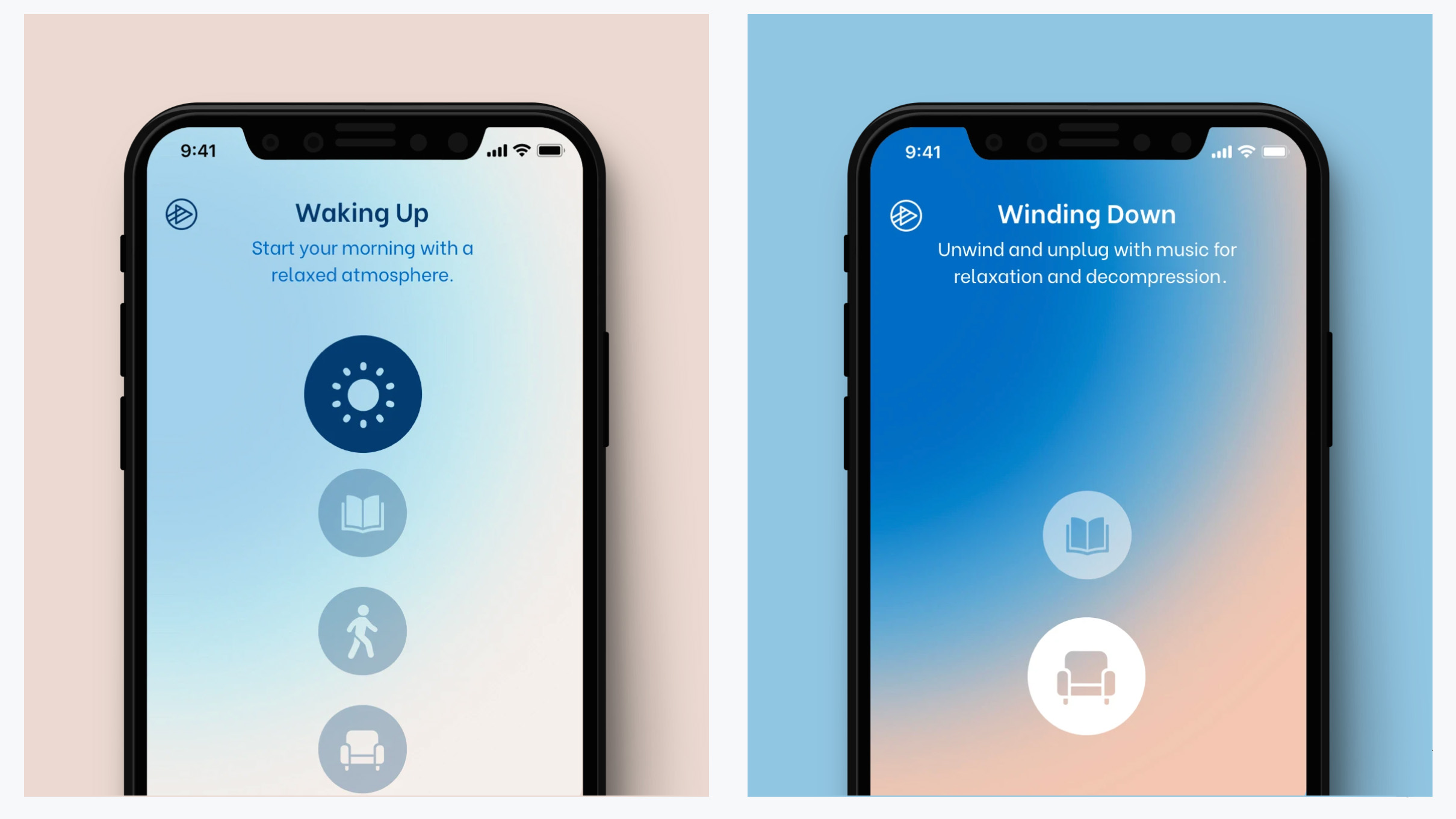This iPhone, Mac and iPad app brings you on-the-go music therapy to keep you calm
Spiritune will decide what music you should be listening to.


Mac/iPhone/iPad – Free 7-day trial (In-App Purchases)
Want more apps? Check out our hand-picked lists:
- Best iPhone apps
- Best iPad apps
- Best macOS apps
- Best Apple Watch apps
We all know that music can have a huge impact on our mood. Put on a sad track – especially one that brings up an unhappy memory – and you’re almost guaranteed to keep any bad feelings going. But pick a more upbeat tune and it can have the power to lift you from a low mood.
This is the thinking behind the music app Spiritune. Created for your Mac, iPhone and iPad, Spiritune aims to subtly shift your mood and energy levels.
At first, I was wary about whether Spiritune would deliver on its claims. But although a music recommendation app can’t work mental health miracles, I’ve found it has been a source of calm whilst I’ve been testing it over the past week.
How does Spiritune work?
Open up the Spiritune app and the experience is already calming as a cloudy, dreamy gradient effect slowly moves around the screen. Spiritune will then ask how you feel, and there’s a selection of states, including ‘energetic’, ‘anxious’, ‘lethargic’ and ‘chill’.
At first I thought: that’s not enough moods! But once I’d used it for a few days I was surprised that, yes, all the major ones are covered here. Especially because if you hover over one, you’ll see more descriptive words. This is really helpful for those of us who get caught up in our emotions and can’t quite pinpoint how we’re feeling sometimes. For example, under ‘energetic’, you’ll also find ‘excited’, ‘victorious’, ‘joyful’ and ‘determined’.
Spiritune will take the reins and has my best interests at its core – at least if I’ve been honest about my starting state.
Once you’ve picked one, the app will ask you how you want to feel, from ‘energetic’ or ‘chill’. Then you pick a category based on your specific goals, so essentially it’s asking: what you’re doing? This is based on icons and there’s one to represent night, another for day, as well as sitting and reading. Or at least that’s your pick if you select Lethargic > Chill.
After this step, I was presented with simple music controls, the same beautiful, slow color animations, and a very chill but beautiful instrumental track that reminded me of meditation music, which had different levels of rain sounds in the background. I felt sleepy within seconds!
Master your iPhone in minutes
iMore offers spot-on advice and guidance from our team of experts, with decades of Apple device experience to lean on. Learn more with iMore!
The reason I’ve found Spiritune particularly useful is it aligns me with the music I need. Granted, some people instinctively know what they need to listen to in order to help themselves. But I know that sometimes I select music that’s continuing the state I don’t want to be in rather than actively pushing me into a better one.
Instead, I’ve found that Spiritune will take the reins and has my best interests at its core – at least if I’ve been honest about my starting state, it’s not a mind-reader after all.
I’ve tried all of the different moods and energy levels over the past week and found them all soothing and useful. Some days they seem less effective and I’ll know there’s a Spotify playlist in my library that’ll do the trick a little more effectively – especially if I’m ‘lethargic’ and want to be ‘energetic’ – but when it comes to soothing anxiety or turning a feeling of lethargy into one that’s more chilled, I really liked using Spiritune.
You can try Spiritune for free now with a 7-day trial. After that, you will need to pay for a subscription, so make the most of the free trial to test whether it’s the right choice for you. After that, you can choose from $9.99/£9.99 per month for month-to-month subscriptions, $6.99/£6.99 per month for annual subscriptions or $299/£299 for lifetime access.
iMore's daily App of the Day post helps you find great apps you've never heard of on your iPhone, iPad, Mac, and Apple Watch, curated each day by our expert team!

Becca Caddy is a contributor to iMore, as well as a freelance journalist and author. She’s been writing about consumer tech and popular science for more than a decade, covering all kinds of topics, including why robots have eyes and whether we’ll experience the overview effect one day. She’s particularly interested in VR/AR, wearables, digital health, space tech and chatting to experts and academics about the future. She’s contributed to TechRadar, T3, Wired, New Scientist, The Guardian, Inverse and many more. Her first book, Screen Time, came out in January 2021 with Bonnier Books. She loves science-fiction, brutalist architecture, and spending too much time floating through space in virtual reality. Last time she checked, she still holds a Guinness World Record alongside iMore Editor in Chief Gerald Lynch for playing the largest game of Tetris ever made, too.

